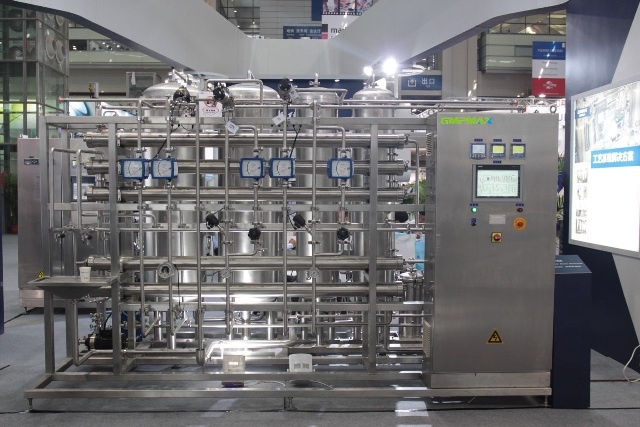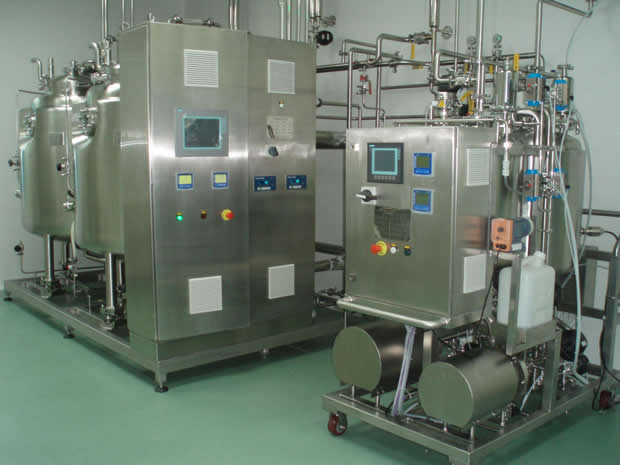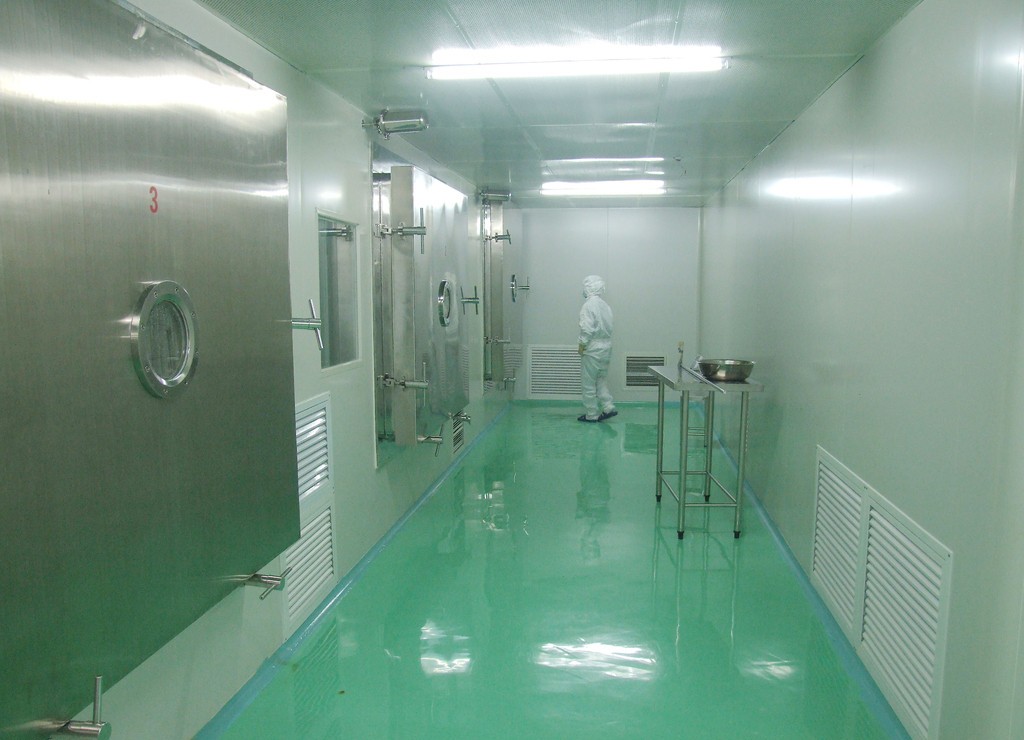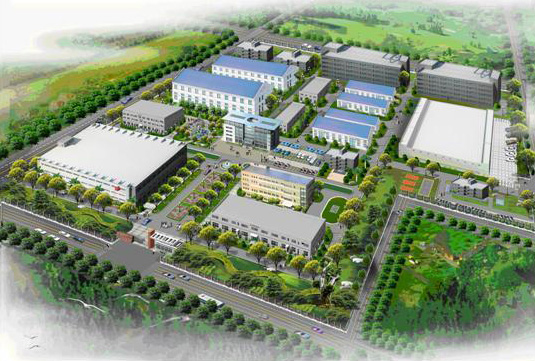- Clean Room
- HVAC System
- Water for Pharmaceutical Use
- Sanitary Distribution Piping
- Solution Formulation System
- CIP/SIP System
- Control System
- Tablet Production
- Capsule Production
- Powder Vial Production
- Liquid Vial Production
- Oral Liquid Production
- Eye Drop Production
- IV Solution Production
- Cream/Ointment Production
- Soft Gelatin Production
- Pilot Production
- Ampoule Production
Source: IPS
By Sterling Kline, RA IPS
Barrier technology has become overwhelmingly accepted as the basis for new aseptic processing facilities in 2013. The traditional clean room facilities of the 20th century are being rapidly replaced with advanced barrier based technology filling facilities. This technological evolution is dramatically reducing the risk of product contamination and risk of infection to patients.
In the 20th century, aseptic filling was performed in class 100 (ISO 5) clean rooms. Risk of product contamination existed from 1) personnel through constant interventions in the filling process and 2) questionable techniques and procedures in transferring product, components and change parts into the class 100 aseptic facility core. The environmental risk to product was increased with the evolution of European guidance allowing a class 10,000 (ISO7) background room classification. How do you transfer components and change parts through a class 10,000 (ISO7) room directly into the class 100 (ISO 5) filler without transition space? How do personnel operating in a class 10,000 environment reach into a filling machine for interventions, manual cleaning and sanitization? Neither can be done without significant risk to the product.
In the mid 90s the LUMs projects emerged as the 1st generation full barrier technology. This effort faced the challenge of regulator resistance at the time, to unproven technologies, limited applications due to 18-hour VHP cycles and meeting initial claims of sterility which could not be met. The technology did not achieve industry wide acceptance, but was an admirable breakthrough in reducing contamination risk.
Second Generation Technologies
The 2nd generation barrier technology involved the use of Restricted Access Barrier System (RABS). The intent was admirable but the confusion around the definition and misconception that ‘a glorified machine guard’ met the requirements of a barrier system has and created facilities with unacceptable levels of contamination risk. Also, personnel continue to have interventions within the filling zone, in many cases during the filling process, and in all cases, during manual sanitization. With RABS technology, contamination risk due to personnel intervention has been reduced from traditional facilities but the risk is not eliminated.
At the turn of the century, the 3rd generation barrier system emerged in the market. SKAN developed an isolator with a 4-5 hour total sanitization cycle that also readily gained regulatory acceptance. Others have also developed isolators based on similar science to the point that it is no longer cutting edge; but isolator technology is becoming the predominant choice for aseptic facility design worldwide. There were also advances in filling machine design that provided easier reach from the glove ports, more robust operation that reduced the need for interventions and machine adjustments that can be achieved through a single glove port. There was initial resistance to this technology based upon a perceived cost premium for isolators. Over the past ten years, numerous studies have proven that, by implementing isolation technology, initial capital cost for the entire project, including facility and equipment, is less than RABS, and operational costs for isolators are significantly less. Currently, the greatest resistance to isolator technology comes from corporations that were involved with the original less than ideal efforts to launch the technology and personnel that have recently operated isolators that used the original VHP technology.
Third Generation Technologies
The 3rd generation barrier system has successfully minimized contamination risk to the product from personnel interventions and component and material transfer, but left opportunities for operational optimization.
1. The 3rd generation isolators use large volumes of once through air during the aeration cycle, necessitating larger HVAC systems and higher energy costs. The rapid progression from the VHP kill cycle to the aeration cycle can also cause issues with differential pressures between the filling room and adjacent rooms.
2. The initial 3rd generation lines required CIP/SIP of the stainless steel product contact lines. The CIP/SIP process provides several challenges, including an extended cycle time which becomes restrictive to some facilities’ throughput and initial cost, including automation and complexity to fully validate.
3. The 3rd generation lines utilized rigid stainless steel vented autoclaved transfer canisters to permit the transfer of parts, tools, etc. into the isolator once the isolator had been VHP sanitized. These canisters require filter integrity testing which is expensive, requires clean room space and is labor intensive. The canisters also require significant storage space.
The use of the 2nd generation RABS barrier technology and 3rd generation isolator barrier technology has dominated new line installations over the past ten years. Both technologies have evolved to a point that current 2013 barrier systems are distinctive enough to be recognized as 4th generation systems.
Fourth Generation Technologies
The 4th generation barrier systems utilizing isolator technology are built upon the 3rd generation isolator systems with several breakthrough technologies to address design weaknesses inherent in 3rd generation design. The advances that differentiate the 4th generation isolators are as follows:
1. Installing a catalytic converter within the isolator to eliminate the residual VHP during the aeration cycle and recycling versus exhausting the air. This design accelerates the aeration cycle time and reduces the overall sanitization cycle to less than 2 hours. It also eliminates the exhaust system for the aeration cycle and eliminates the once through air demands previously required during the aeration cycle. In addition, this design eliminates the pressure differential issues previously mentioned. The additional cost of the catalytic converter is balanced by savings in the facility air handling systems.
2. Recent introduction of single-use disposable product contact parts (SUDS) has eliminated the need for CIP/SIP within the isolator. The SUDS come in pre-sterilized bags equipped with beta ports that connect to a corresponding alpha port on the isolator. The connection is made after the sanitization cycle is complete and the components, including tubing, filters, reserve bag and needles, are passed into the isolator. SUDs technology also reduces the risk of product contamination between batches of dissimilar products as well as reduces the change-over time for cleaning. The cleaning validation process is also greatly simplified. For highly potent products, the residue neutralization process is eliminated.
3. Another technology that has recently been introduced is the Safe Rapid VHP Transfer Isolator (SARA). This new technology allows the transfer of components and other materials into the filling line isolator during operation in lieu of stainless steel or sterilized bags utilizing transfer ports. The SARA sanitization cycle is less than 20 minutes and can be used for both isolators and RABS. Use of SARA transfer into RABS provides a solution to issues associated with transporting sterilized components and materials through a Grade B/ISO 7 environment into a Grade A/ ISO 5 environment without airlocks.
The 4th generation barriers using RABS technology are evolving in parallel with emerging industry expectations for minimum acceptable requirements for barrier technology. Throughout the past decade, there has been tremendous confusion regarding the definition of RABS. Systems that range from machine guards, composed of gloveless glass doors that are opened during operation for personnel interventions, to full stainless steel enclosures with gloved glass doors that are never opened during the filling operation have been called RABS. Current minimum expectations are that there will not be any open door interventions during filling operations without line clearance and resanitization of the filling line before continuing the filling operation. Effectively, all RABS installations now require locked gloved doors; the Grade A/ISO 5 air supplying the filling line can be returned to the surrounding room environment or ducted back to the HEPA filters over the line, as is the case in the fully enclosed RABS. The 4th generation RABS are defined more by raising the minimum requirements rather than new technology. Several major design issues remain with RABS technology. First, the issue of transporting sterilized components/change parts through a Grade B/ISO 7 background into the RABS without a transition/debagging zone remains an issue. This issue can be resolved by implementing the same techniques as used with an isolator, namely using a SARA unit as a sanitizing pass through or using docking ports with bags and/or canisters equipped with associated ports. Second, when the RABS doors are opened for cleaning and sanitization of the line, the inside face of the door is in the background Grade B environment; the current expectation is that Grade A air supply/local protection should be provided over the fully opened doors. Technically, it is extremely difficult to achieve the required unidirectional laminar airflow in the middle of a room surrounded with non-laminar flow Grade B air. The engineering solution in most cases requires laminar throughout the entire filling room. In other words, using Grade A air supply/local protection in the entire filling room is extremely expensive.
The 4th generation barrier technology has emerged to meet the current expectations for product safety in aseptic processing facilities. Both RABS and Isolators can be used to manage the contamination risk associated with these operations. Isolators are far superior to RABS when considering that isolators have a greater separation of personnel from product, have automated versus manual sanitization, have an overall lower total project capital cost, and lower operating expense costs. With the overwhelming advantages of isolator technology, it is logical that it will dominate future advanced aseptic processing facility installations.







